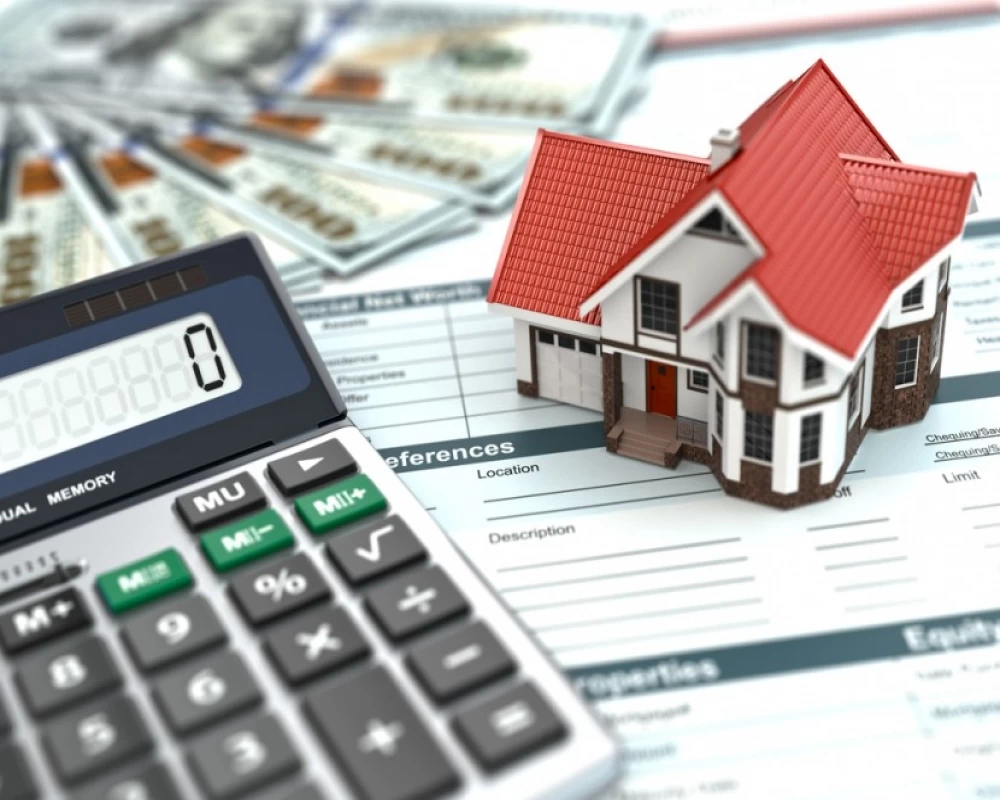How to fund global real estate investing via equity funds

This article offers practical steps on funding a foreign real estate purchase with equity funds.
Foreign real estate presents mouthwatering deals for investors with steep currency differences, especially in today's unstable financial markets; meaning you could have the upper negotiating edge in a neighboring country. The perk in currency strength is however not compensated for by the financial and legal aspects of sourcing funds for foreign real estate investing.
One financing approach which is gradually gaining traction is the use of equity funds. In this case, deploying liquidity of stocks and securities in foreign real estate capital.
There are four approaches you can take when planning to go this route:
1. Employ Equity REITs: Odds are you've heard about REITs and the huge tax rates at the individual investor level. A REIT is generally a stock that invests in real estate or real estate related securities, like mortgages. A mortgage REIT primarily lends cash to real estate buyers or acquires their existing mortgages. An equity REIT acquires, manages, builds, renovates and sells real estate, mostly commercial real estate.
If you don't want to be in the front line and would prefer to play it safe, REITs present a great way to achieve diversification via liquid investment in real estate. Many international REITs have sprung up over the years. So, investing in foreign real estate should be as simple as locating a good REIT that invests in your country of choice or simply using REIT ETFs. However, don't ignore the fact that REITs come with tax liabilities that can range from 15% to 35% of profit. This is compensated for in a way by tax exemption at the corporate level, as long as 90% of income is distributed to unitholders.
2. Self-directed IRA or Offshore IRA: As much as we wish to help you with country-specific information, you should know that real estate laws aren't invariably the same in any two countries. Hence the importance of having a local mortgage expert or real estate agent (read how to find the right local real estate agent) who can help you with local professional information.
For US residents, using funds from your retirement account or 401k is a great way to employ equity funds for foreign investing. The IRS doesn't restrict holding real estate with your IRA. However, according to an article on Supermoney.com, (https://www.supermoney.com/2017/04/finance-overseas-property/), you won't be able to live in the property until you reach retirement age. In any case, you will need to either set up a self-directed IRA, which allows you to invest in overseas real estate via a third party or broker. Alternatively, you can set up an offshore IRA as a way to gain more control, by taking your self-directed IRA offshore. In this case, you move your self-directed IRA into an offshore Limited Liability company. Setting up an offshore IRA can, however, be costly.
3. Stock Market Liquidity: You can employ liquidity on your stock market investment or securities, subject to tax, by selling your holdings. This presents you with cash to invest directly in foreign real estate.
4. HELOC (Home Equity Line of Credit): For home buyers in countries like the USA and Australia, a HELOC allows you to take a loan on an existing home by cashing on real estate equity.
Buying real estate with equity funds is completely legal and carries no extra charges or taxes. However, ensure you report financial proceedings to necessary financial authorities in your home country.
Also, if you're either buying overseas real estate for investment or personal use, reach out to a local real estate agent that can offer market-specific information about taxes for your destination country.









